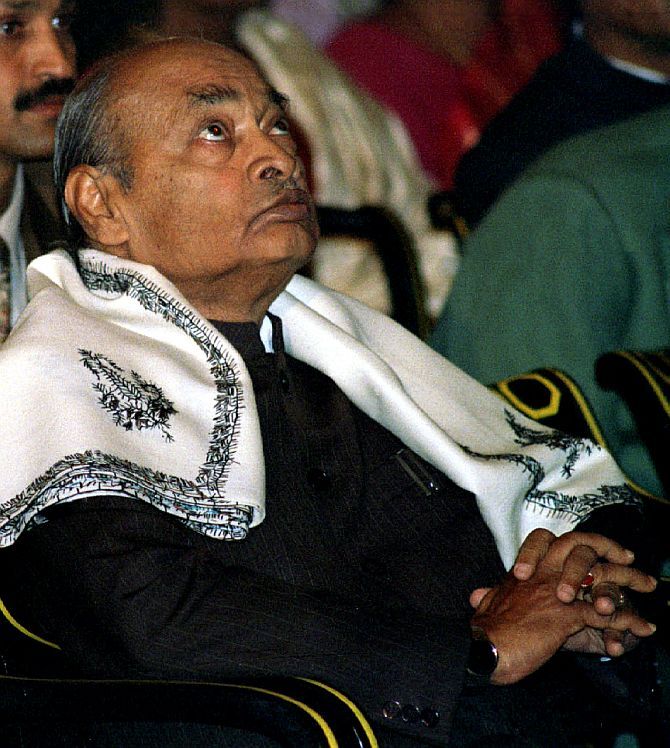 | « Back to article | Print this article |
Ten of top 15 companies in 1991 were PSUs; now, there are only six. Their revenue share has also fallen from 86% to 45%

In 1991, the roll call of the country’s top corporates reflected the government control over the commanding heights of the economy. In 1990-91, 10 of the top 15 companies by revenue were public sector undertakings (PSUs), together accounting for 86 per cent of the combined revenue of the 15 biggest companies that year.
After the changes unleashed by the liberalisation in 1991, PSUs remain big but they are no longer as dominant as they were 25 years ago. Now, there are only six PSUs in the top 15 list. Their revenue share plunged to 45 per cent in 2015-16.
Among the big PSU losers are Steel Authority of India, Bharat Heavy Electricals and Mahanagar Telephone Nigam, which do not figure among the top 15 companies.
PSUs’ place at the high table has been taken over by companies from the Tata, Mukesh Ambani, A V Birla, Bharti, Mahindra, and the Vedanta stable.
Tatas had two companies - Tata Engineering and Locomotive (now Tata Motors) and Tata Iron and Steel Co (now Tata Steel) in the top 15. Tata Consultancy Services is the new addition in the past 25 years. The Tata group’s revenue share in the top 15 companies has gone up from 7.5 per cent in 1990-1991 to 22.5 per cent in 2015-16.
Mukesh Ambani-owned Reliance Industries (RIL), however, has been the fastest growing company (in the sample) during the period with revenue rising 189 times, growing at a compounded annual growth rate (CAGR) of 23.3 per cent.
In 1991, RIL was the country’s 10th biggest non-financial firm. Now, it is the second largest after government-owned Indian Oil Corporation.
The top 15 list now has one representation each from A V Birla Group (Hindalco), Bharti (Bharti Airtel), Mahindra (Mahindra & Mahindra) and Anil Agarwal (Vedanta).
In terms of growth, RIL is closely followed by Tata Motors whose revenues grew at a CAGR of 21.2 per cent during the period. Larsen & Toubro and Tata Steel had grown 18.6 and 17.6 per cent a year, respectively, during the period.
In all, the combined revenues of the top 15 companies grew at a CAGR of 15.6 per cent during the past 25 years growing from Rs 61,185 crore in 1990-91 to Rs 22.95 lakh crore at the end of 2015-16.
Eight companies have retained their place among the 15 companies during the period, but all PSUs except Indian Oil lost rankings while all original private sector members, except Hindustan Unilever (Hindustan Lever then) gained ranks on account of faster growth.
The list also reflects the relative decline of commodity and energy producers and the ascendance of technology, automobiles, mobile telephony and consumer goods.
Companies from these four sectors together account for a quarter of the combined revenue of the top 15 firms now, up from two per cent in 1990-91.
In 1991, there were six oil companies among the top 15, accounting for 61 per cent of the combined revenue. Now, there are four energy companies in the list including RIL. Together, they account for 51 per cent of the combined revenue.
The sample excludes banks and financial services firms and trading companies such as MMTC, State Trading Corporation, and Rajesh Exports.
Photograph: Reuters